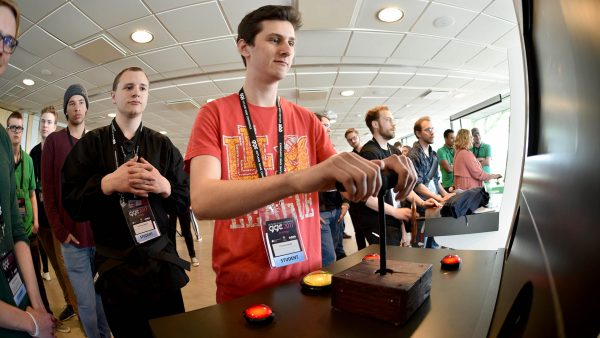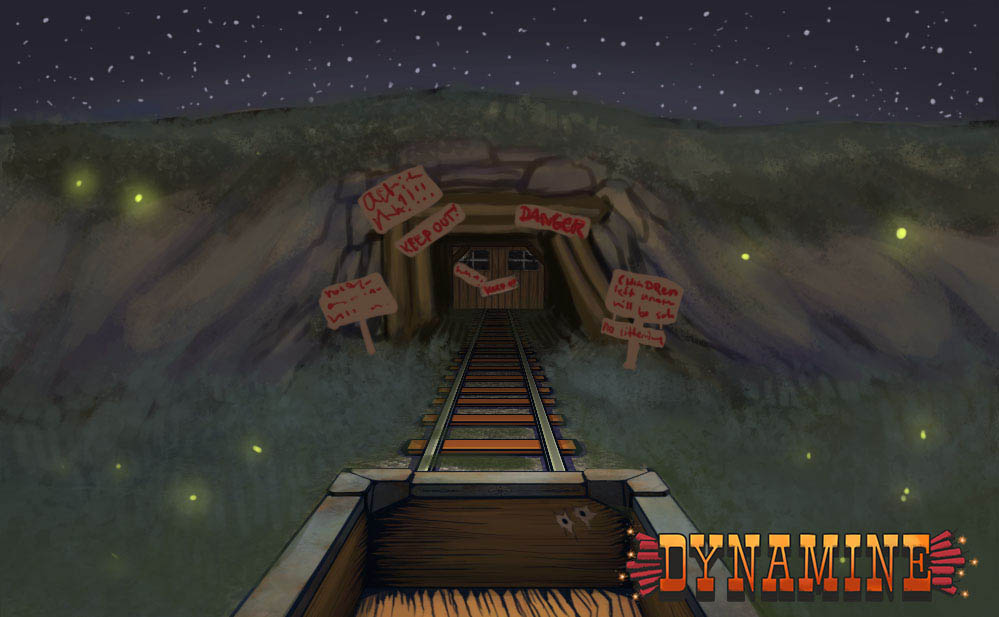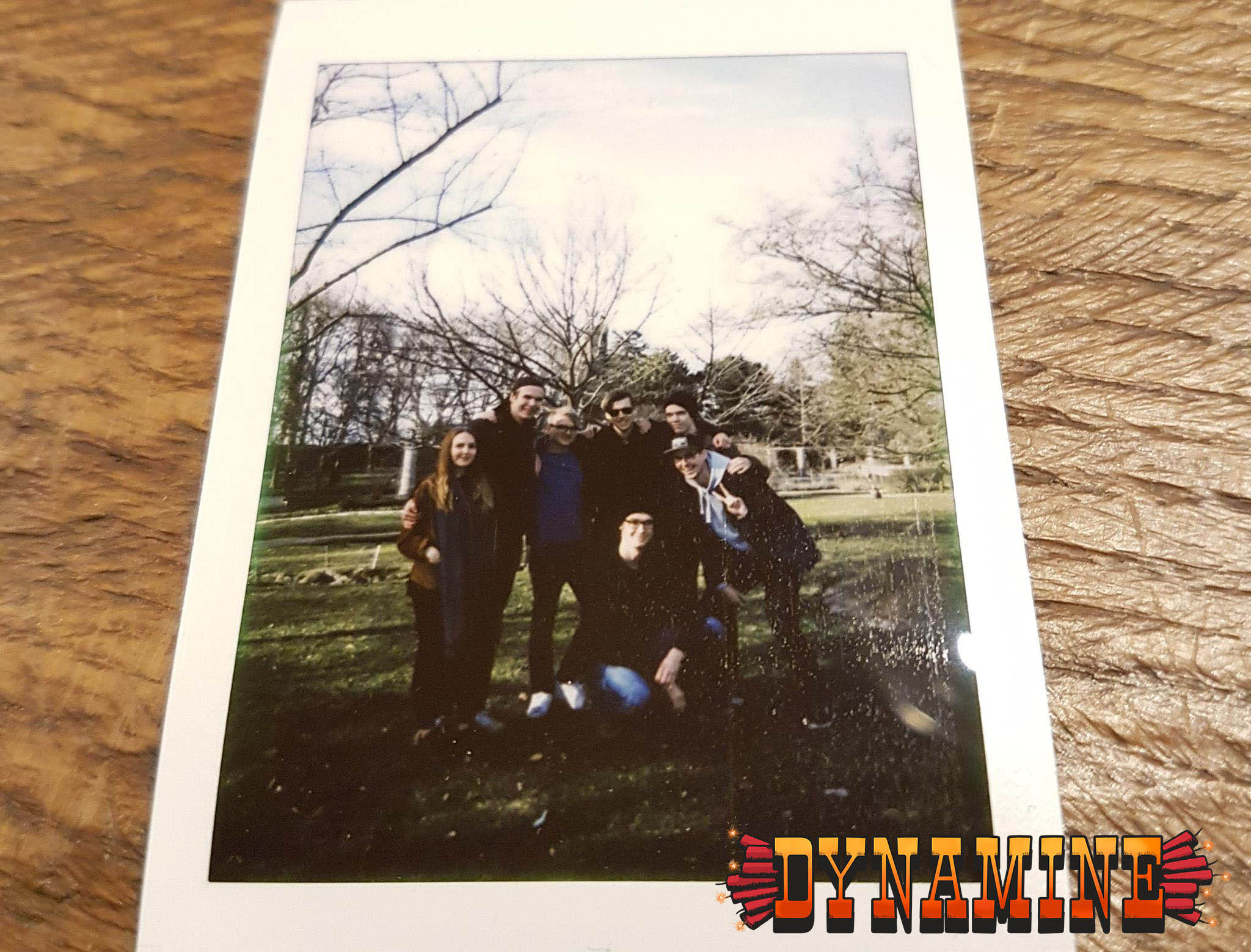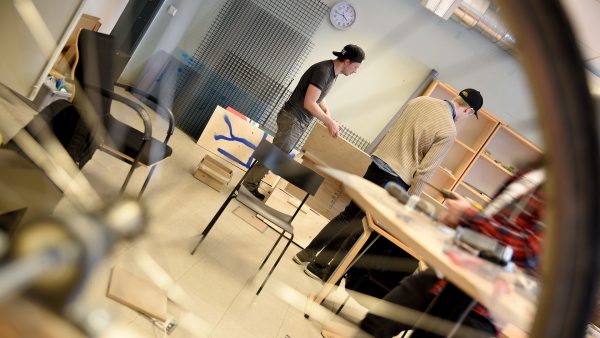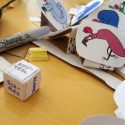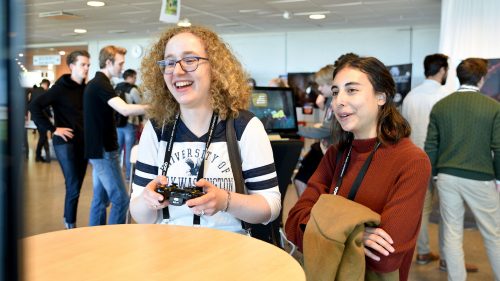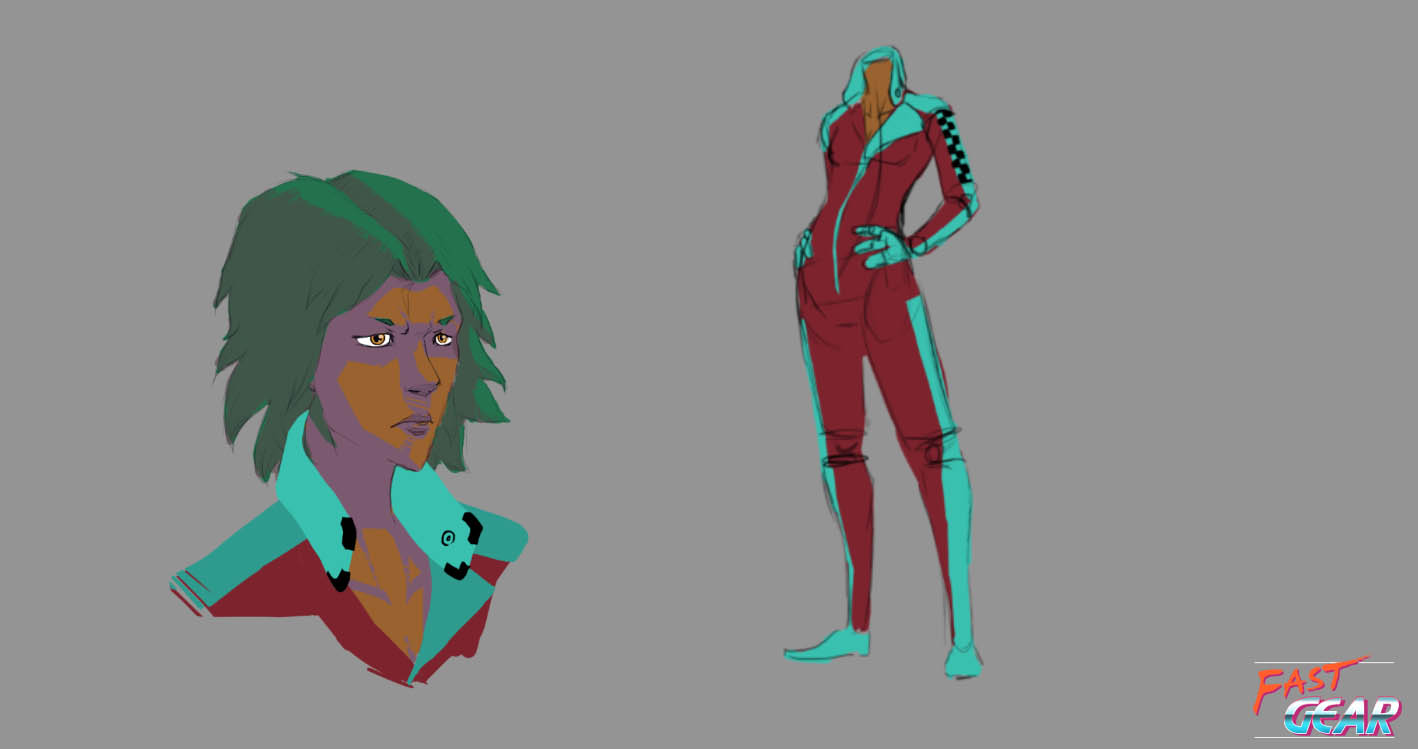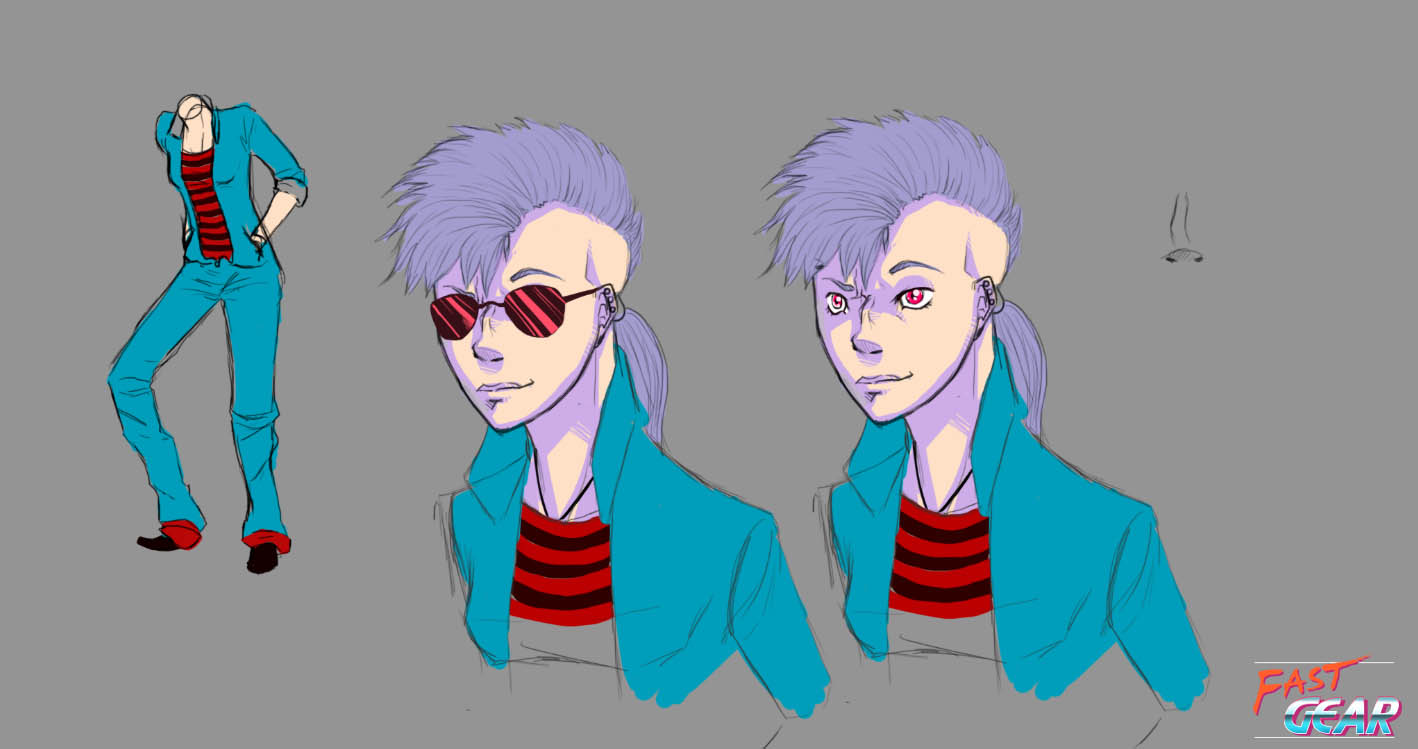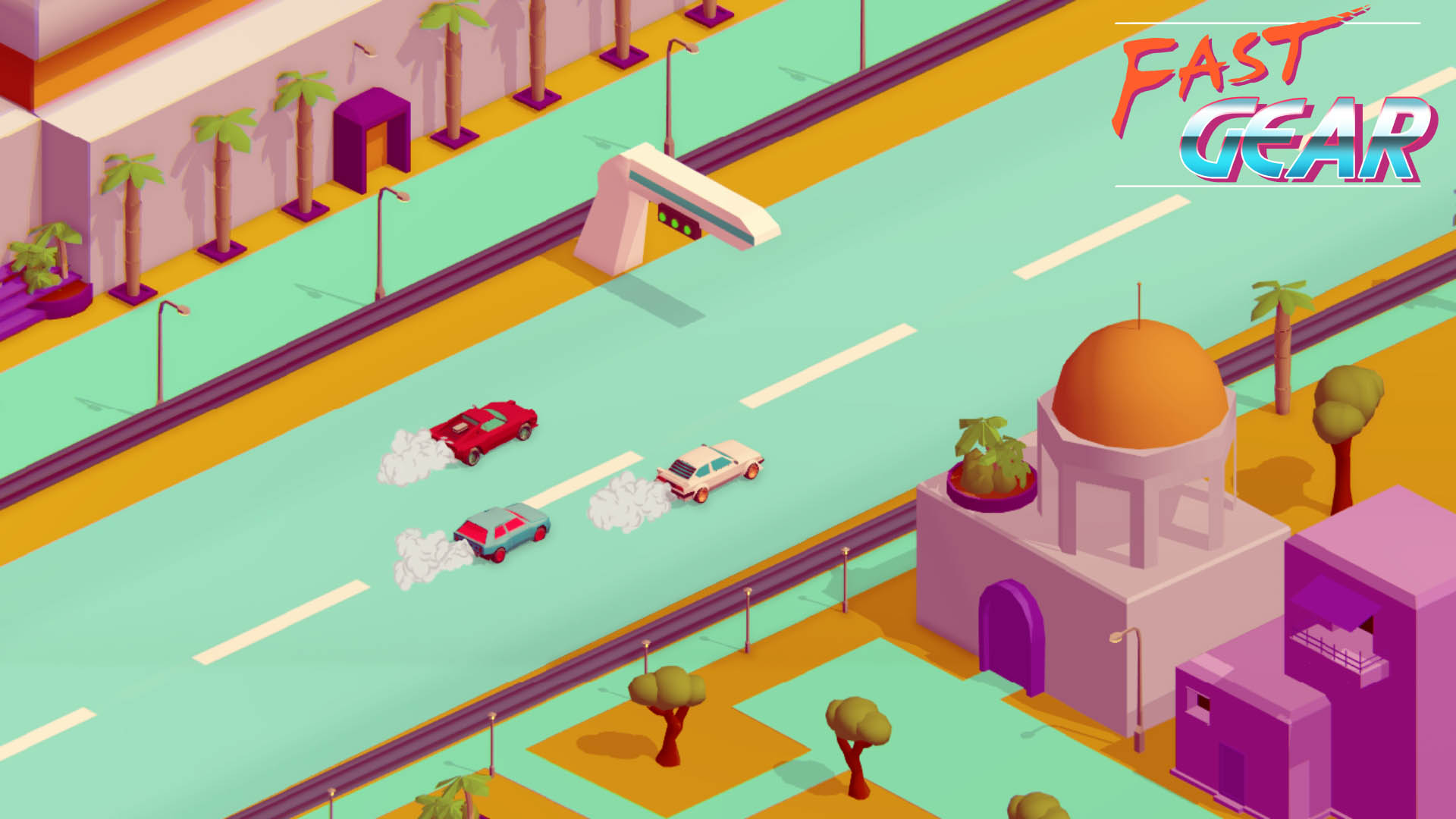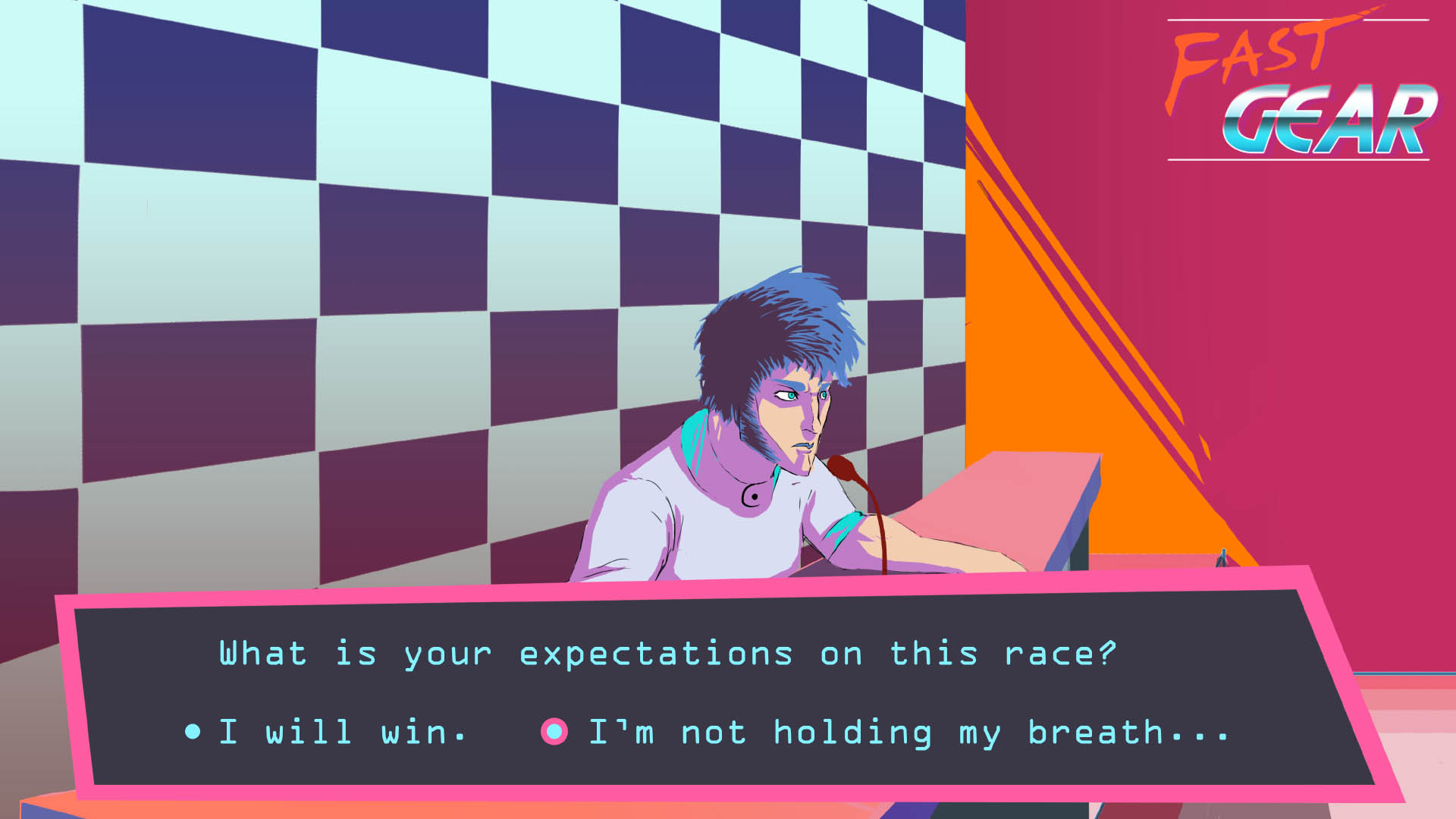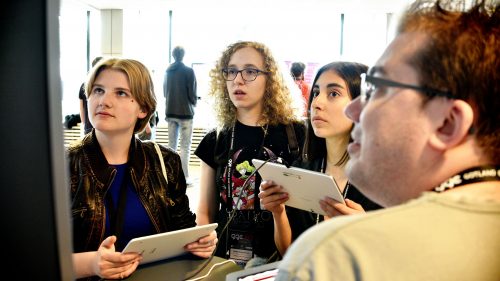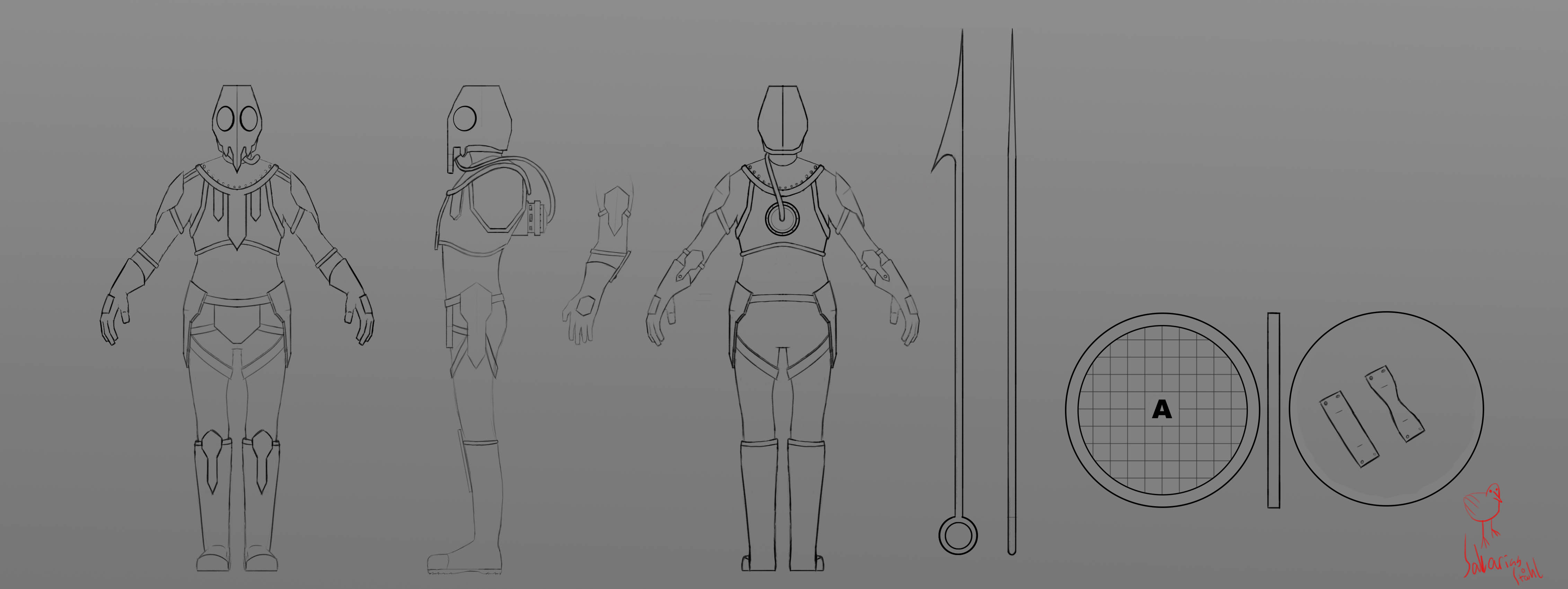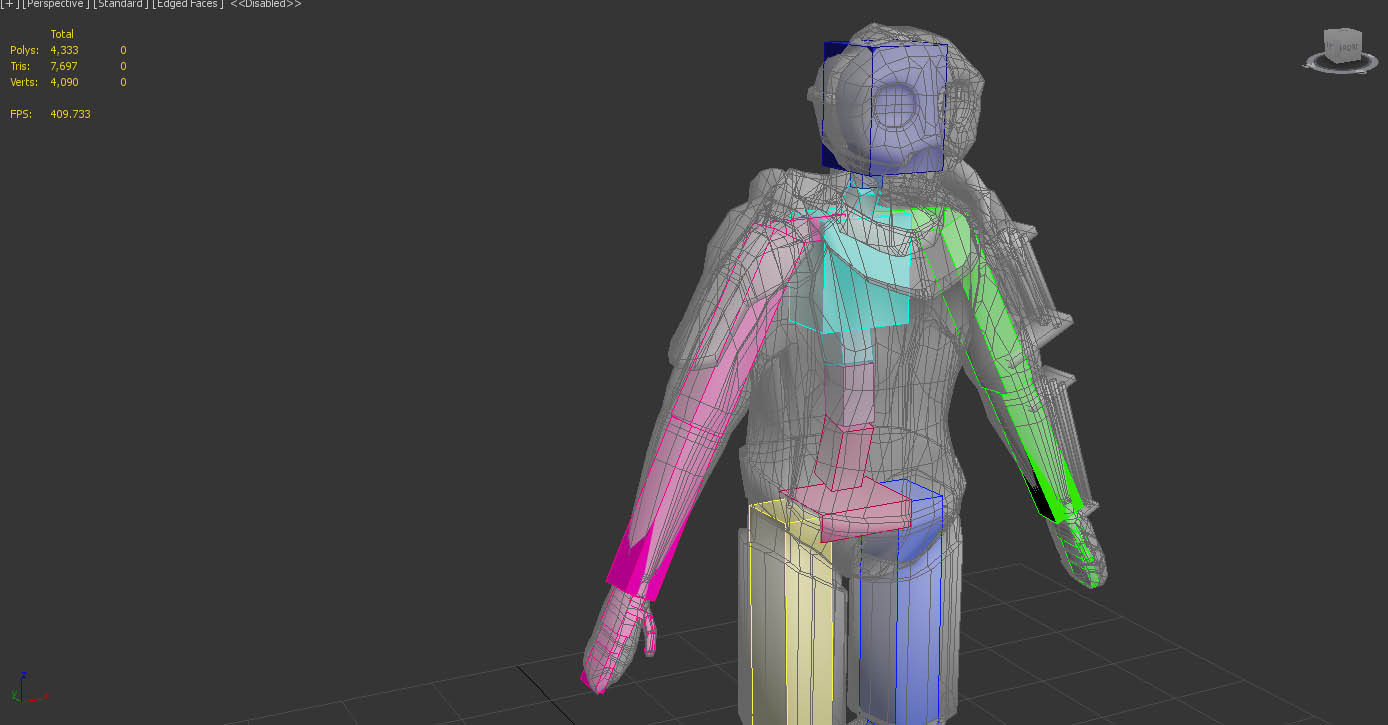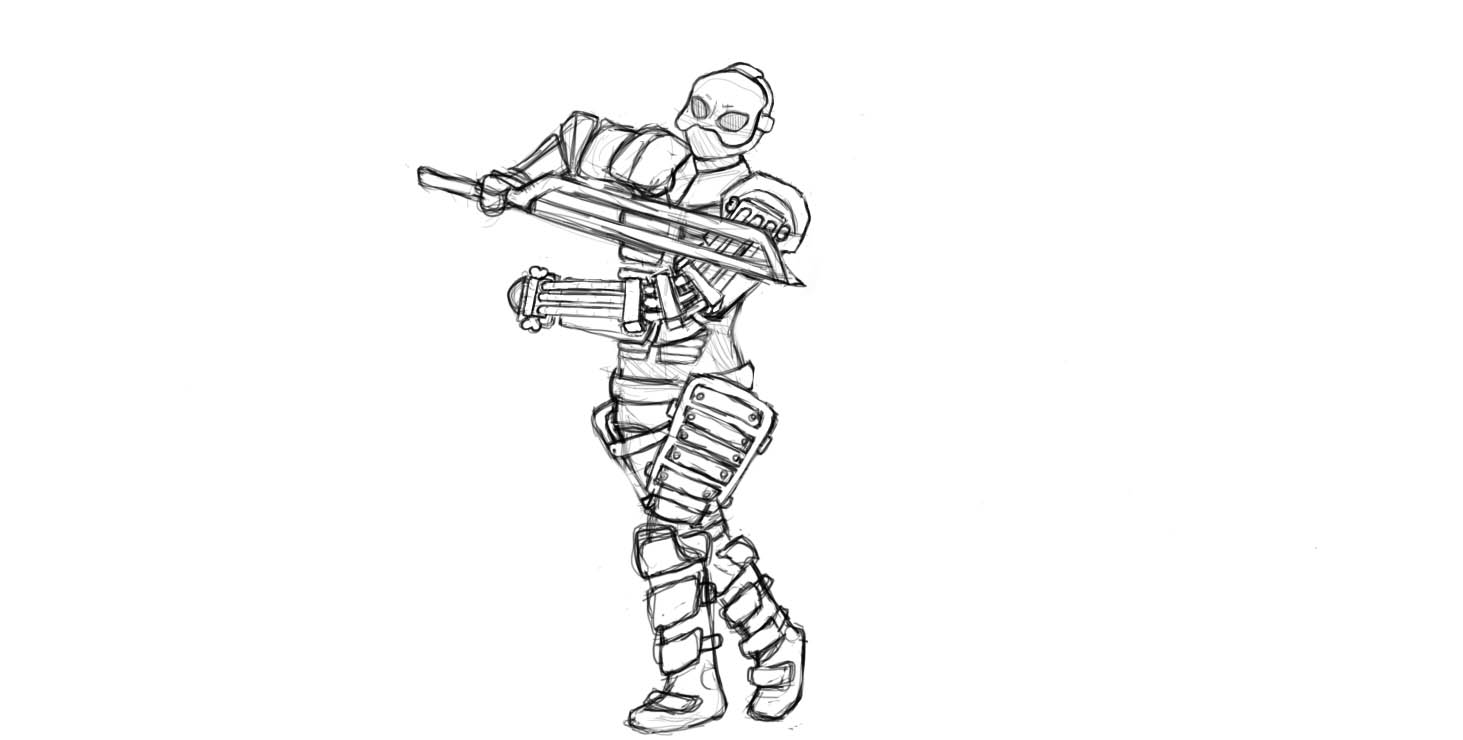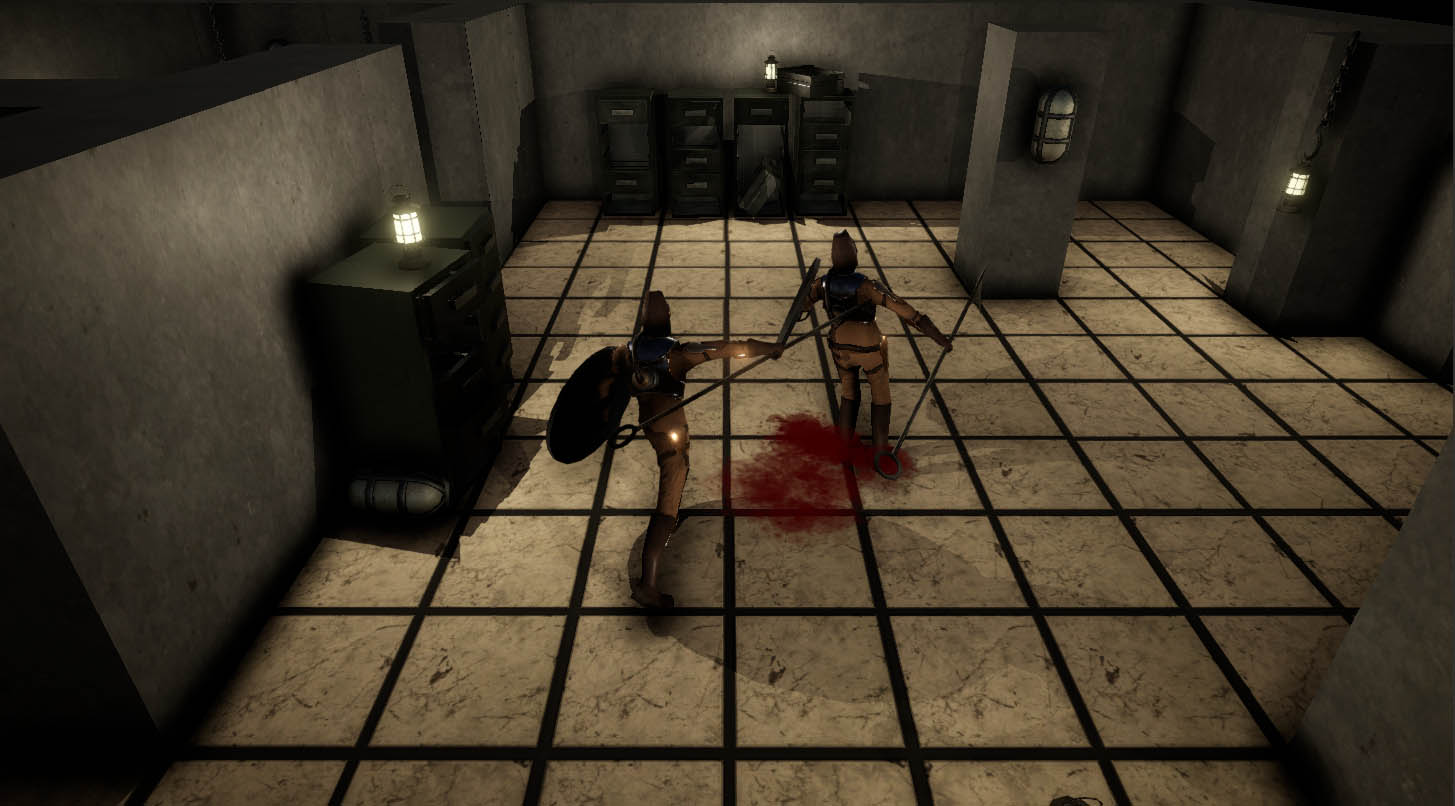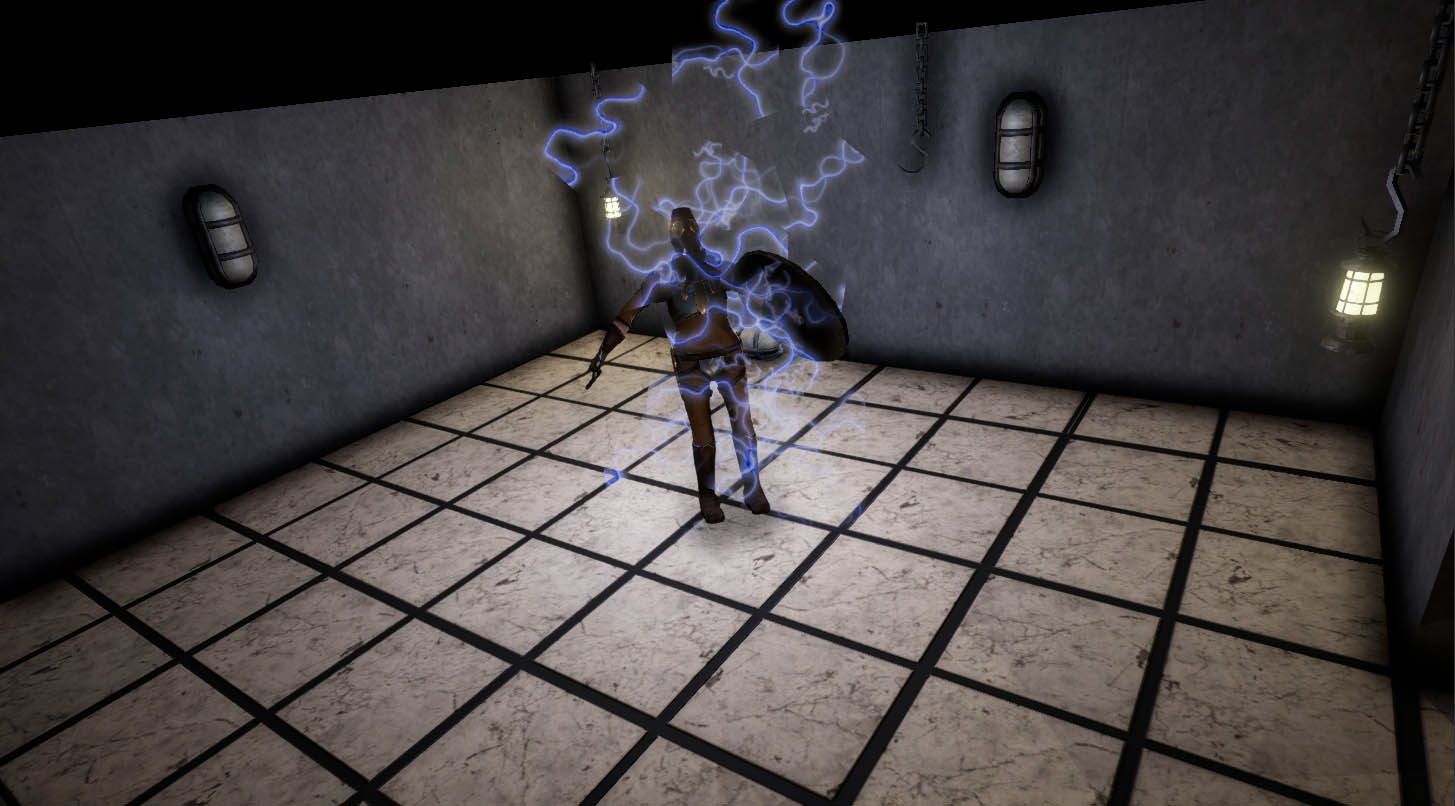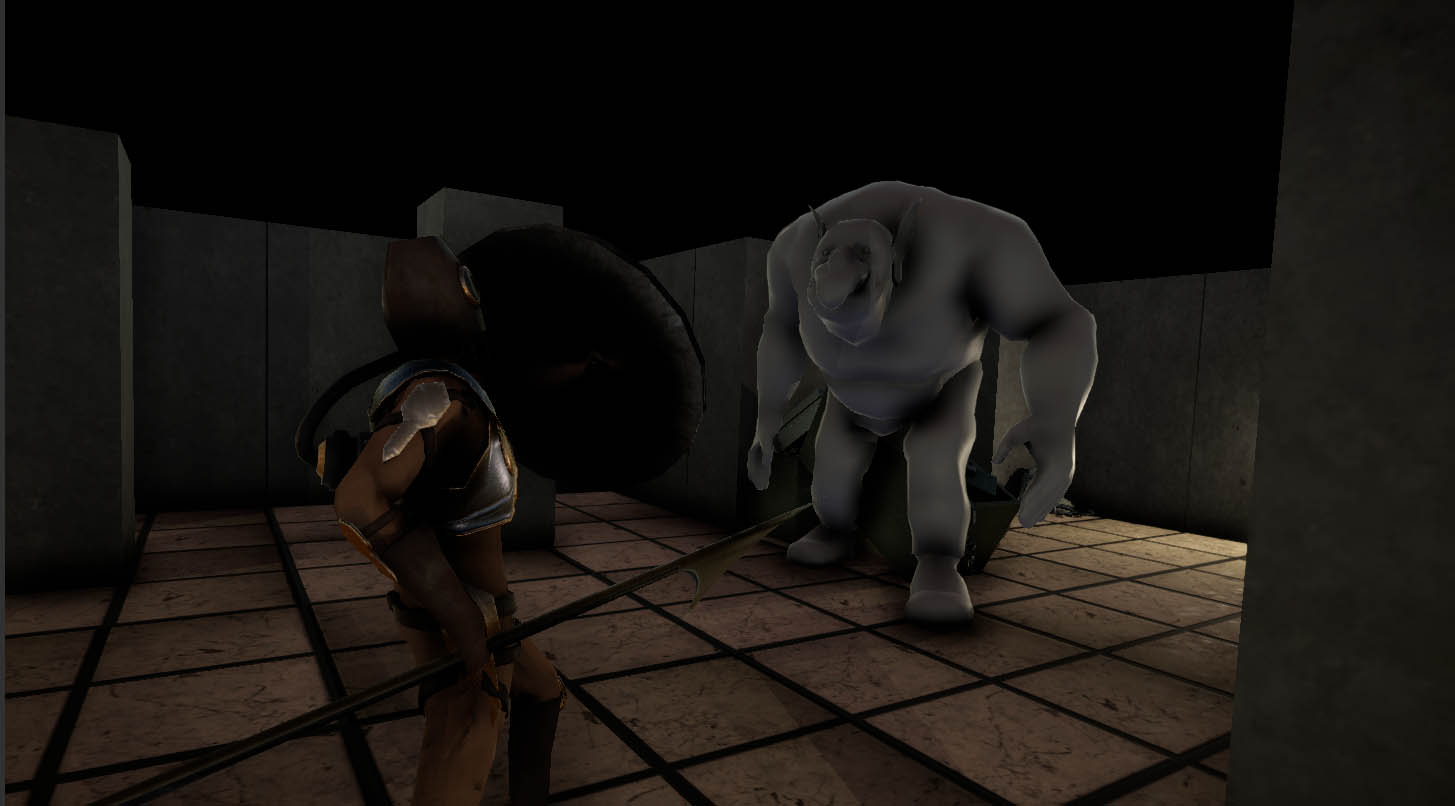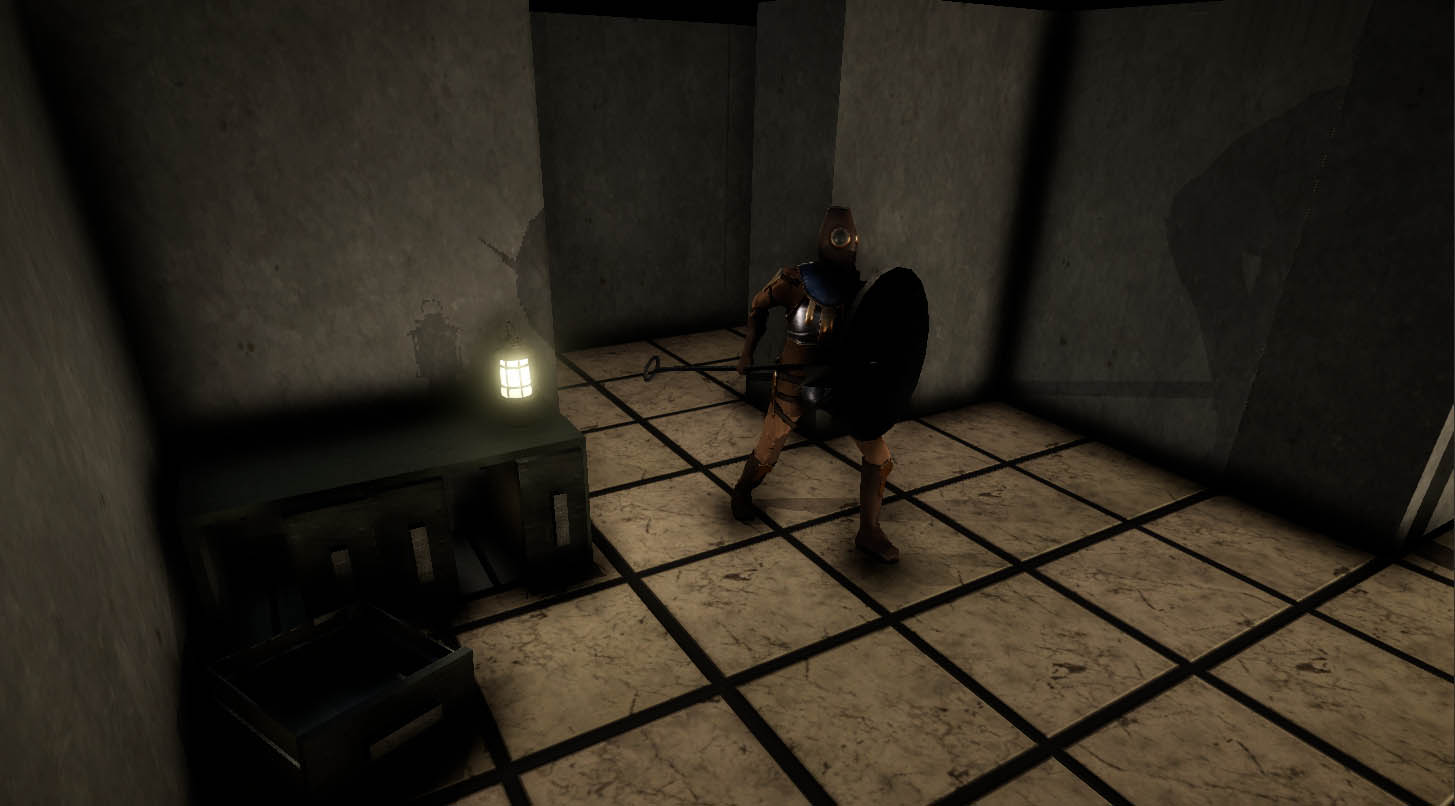You are a thief rushing through a mine shaft, tossing and detonating dynamite sticks to fill up your cart with gold. Yet the night is short, hurry up and collect as much gold as possible before sunrise. Timing is crucial! If you detonate the dynamite too early, you fill your cart with worthless stones, but wait too long and you lose your earnings. Perfect timed explosions results in a “Gold Rush” state, which increases the score multiplier and the pace of the game. The final result is a hectic arcade game where you fight for the highest score to become the most wanted.
DynaMine was in developed in Unity. All art was drawn in Photoshop and modelled with Maya. The music and sound effects were made in FL Studio with NI Komplete and implemented with Elias Software.
Team:
- Marcel Bailleul – Producer,
- David Bång – Lead Designer,
- Leevi Hakala – Lead Programmer,
- Alexander Hjelm – Programmer,
- Benjamin Lockwood – Lead Artist,
- Elina Marjomaa – Artist,
- Mikael Sukoinen – Sound Producer

